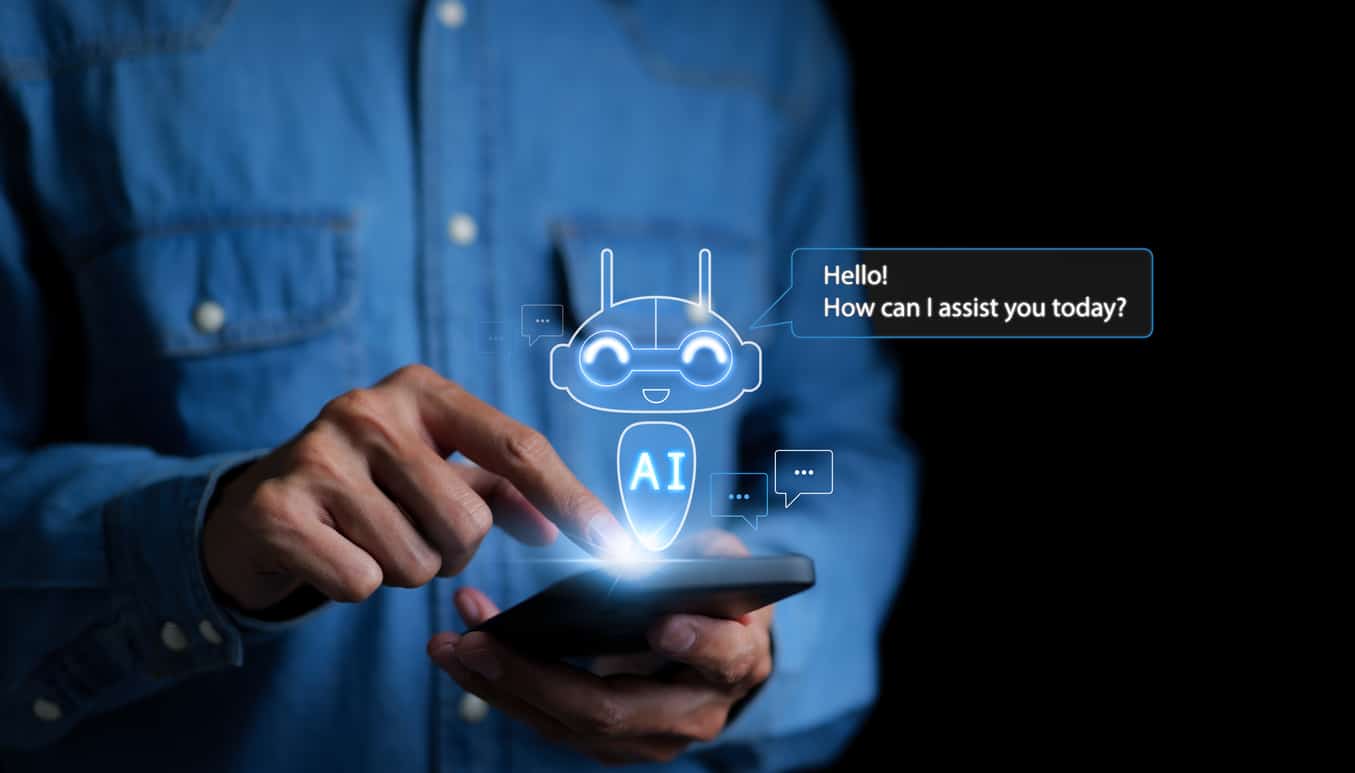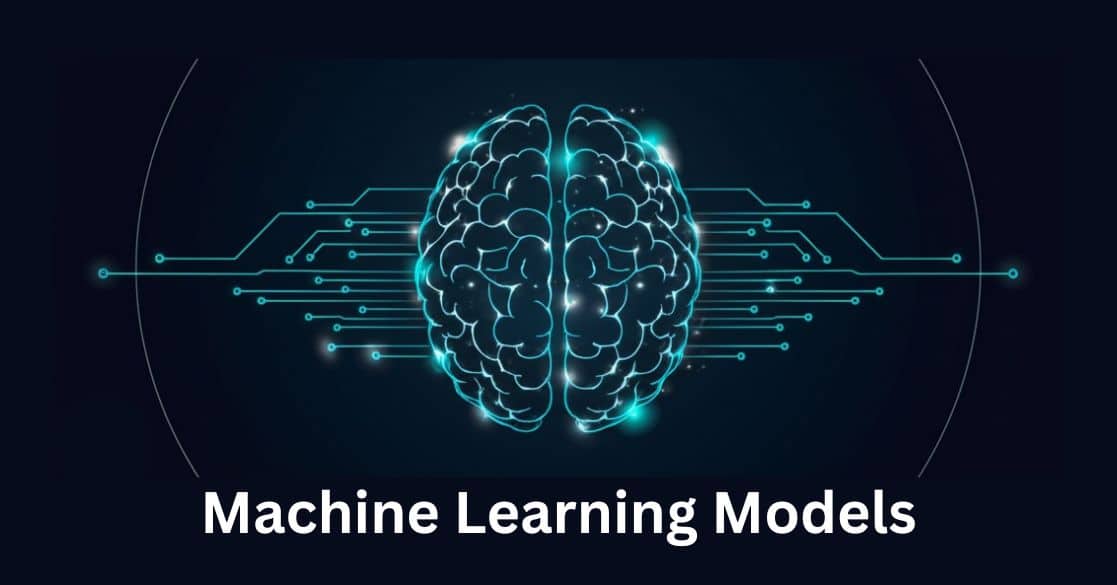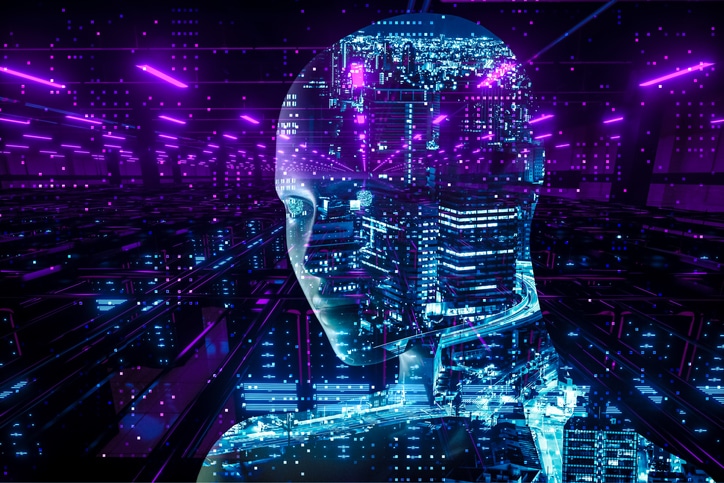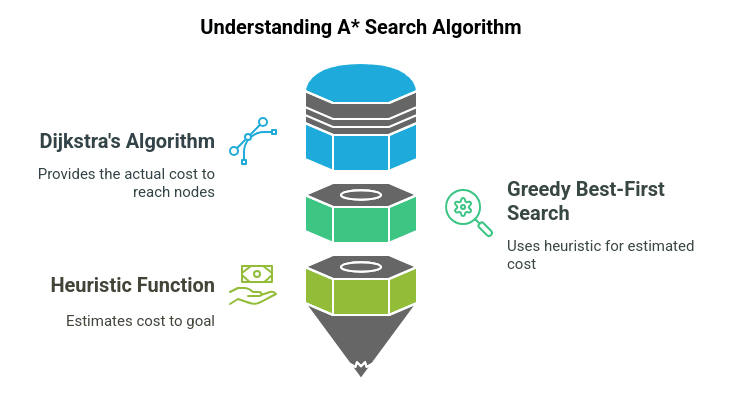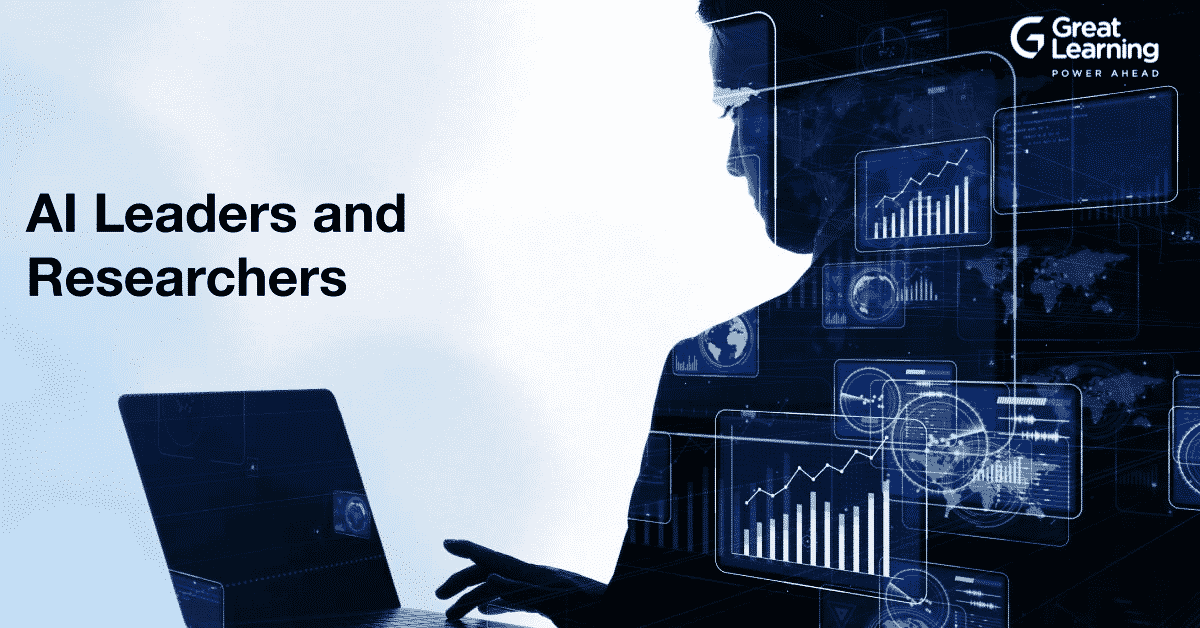Artificial Intelligence (AI) has been revolutionizing the tech industry in terms of faster and more efficient ways to complete various tasks. One such type of AI that has gained momentum in recent years is “Generative AI”. With the ability to create new content and learn from existing data, generative AI has the potential to change the way industries function. In this comprehensive guide, we will explore what Generative AI is, how it works, its history, types, applications, relationship with machine learning, and its future.
History of Generative AI
Generative AI has its roots in traditional AI and machine learning. Early forms of generative models date back to the 1950s, with Markov Chain Monte Carlo (MCMC) methods and the Boltzmann Machine in the 1980s. However, the real boom in Generative AI came with the development of Generative Adversarial Networks (GANs) in 2014 by Ian Goodfellow. Since then, the field has grown rapidly, leading to new applications and possibilities.
Evolution of Generative AI
The evolution of Generative AI has been remarkable, with the ability to generate new content that is difficult to distinguish from human-made content. It has become more advanced, with the development of tools like generative pre-trained transformer (GPT) and Transformers, which use more advanced neural networks. Generative AI can now generate realistic images and videos, write articles and create music that is almost indistinguishable from that created by humans.
Types of Generative AI Models
What are the different types of generative AI models?
There are several types of Generative AI models that have developed over the years. The most common types include Generative Adversarial Networks (GANs), Language Models, Sequence-to-Sequence Models, and Variational Autoencoders (VAEs).
How does each type of generative AI model work?
Generative Adversarial Networks (GANs) work by pitting two AI algorithms against each other: one that generates content and the other that checks whether it is real or fake. Language Models use natural language processing (NLP) to generate text and speech, while Sequence-to-Sequence Models are used to generate sequences like DNA or music. Variational Autoencoders (VAEs) generate images, videos or music, but with less control over the output compared to GANs.
What are the pros and cons of each type of generative AI model?
The advantages and disadvantages of each type of Generative AI model vary depending on the application, data, and context. For instance, GANs are good for image and video generation but can be challenging to train and tune. Language Models are good for text and speech generation, but the output may be repetitive or lack context. Sequence-to-Sequence Models are used for sequential data like music or DNA sequences, but require large amounts of data to train. VAEs are better for faster generation and may produce less realistic output than GANs.
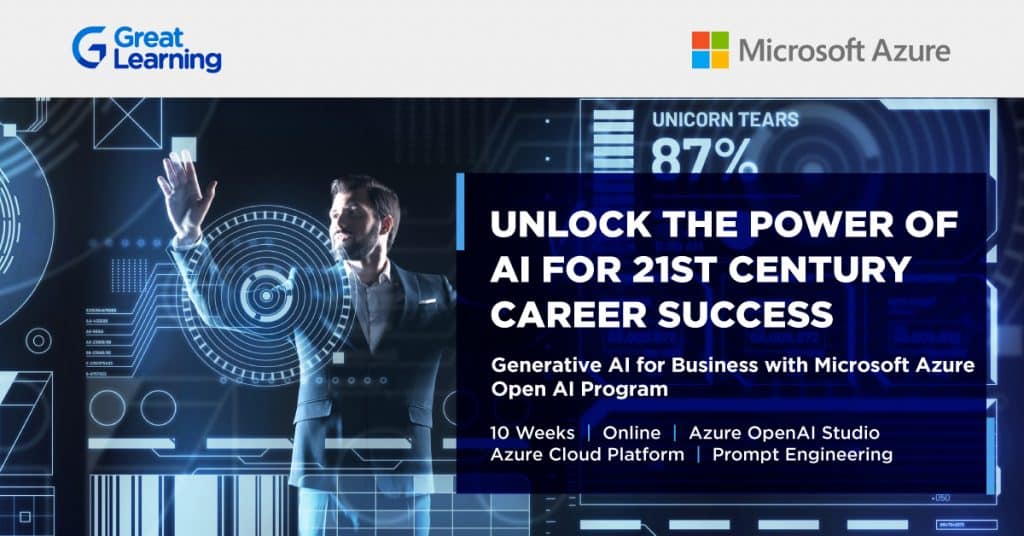
Top 10 Generative AI Applications
Generative AI has several applications in different industries. Some of the top applications include:
- Content Generation
- Product Design
- Simulations
- Gaming Industry
- Artificial Synthesis of Chemical Compounds
- Music Generation
- Generating New Drugs and Predictive Healthcare
- Fraud Detection and Cyber Security
- Improving Customer Service and Chatbots
- Predictive Maintenance in Manufacturing
Generative AI in healthcare
Generative AI can be used for generating new drugs and creating models for predictive healthcare like a prediction of disease spread, personalized treatment, and early diagnosis. It can also be used for generating synthetic medical data for research purposes, improving medical imaging, and modeling patient-specific anatomy. It can further be used to help improve mental health by providing personalized therapy and virtual assistants.
Use cases for Generative AI
Generative AI can be used for various applications like creating high-quality images, conversational agents, and personalized content. In the automotive sector, Generative AI is used for autonomous vehicle navigation, creating real-time traffic maps, and reducing road accidents. In the financial sector, it is used for fraud detection and risk assessment. It can also be used in retail to increase customer engagement and loyalty, and in the entertainment industry to create new content and improve customer experiences.
Generative AI and Machine Learning
How is Generative AI related to Machine Learning?
Generative AI is a subset of the larger field of Machine Learning and uses similar techniques like supervised and unsupervised learning. Both Machine Learning and Generative AI use algorithms to learn from the data, but the way they generate outputs is different. Machine Learning focuses on classification, prediction, and clustering, whereas, Generative AI is focused on creating new content.
What is a Generative Adversarial Network (GAN)?
Generative Adversarial Networks (GANs) are a popular type of Generative AI model that works by using two neural networks: one generative and one discriminative. The generative network creates new content, while the discriminative network checks whether the content is real or fake. Both networks improve over time until the generative network produces output that is indistinguishable from human-made content.
What are some Generative AI tools?
Generative AI Tools like OpenAI’s GPT-3, TensorFlow, Pytorch, Keras, and AllenNLP are popular libraries and frameworks used for developing Generative AI models. They provide pre-trained models and datasets to work from, which can reduce the computational power and data requirements of the model. They also offer the ability to customize the model and fine-tune it for specific use-cases.
The Future of Generative AI
The future of generative AI is quite promising, ranging from content creation to personalized demands to transformative sectors. Generative AI development services may unlock this technology for businesses to avoid out-competition and innovate faster on multiple counts.
Generative AI will become more advanced, and its output will become more realistic and efficient. It has the potential to transform several industries, including healthcare, entertainment, and education, driving new innovations and possibilities.
What are some potential applications for Generative AI?
Generative AI could be used for various applications in industries like food and beverage, fashion, and sports to generate personalized content, products, and advertisements. It could also be used for conserving and restoring art and cultural heritage, creating virtual assistants, and enhancing the gaming experience. The possibilities are endless, and only limited by the imagination of the developers and data scientists.
Generative AI has the potential to change the way we interact with machines. It can generate new content and provide personalized recommendations. It can also help in drug discovery, create new music and art, and even produce synthetic images and videos. The possibilities of generative AI are vast, and its potential has yet to be fully realized.
What are the challenges faced by Generative AI?
Lack of Data and Resources
One of the biggest challenges faced by generative AI is the lack of data and resources required to train the models. Generative models require large datasets to identify patterns and features required for generating new content. Additionally, training generative AI models requires significant computational resources, making it difficult to implement on a small scale.
Ensuring Diversity and Fairness
Another challenge faced by generative AI is ensuring diversity and fairness. Generative models tend to generate content based on the input data, which can result in biased or unfair outcomes. It is important to ensure that the generative model is trained on diverse and unbiased datasets to prevent such outcomes.
Ethical Considerations
Finally, generative AI raises ethical concerns about the use of AI-generated content. It is important to consider the ethical implications of using AI-generated content, especially when it comes to sensitive topics such as politics or race.
What are the top Generative AI tools and their capabilities?
OpenAI’s GPT-3
OpenAI’s GPT-3 is one of the most powerful generative AI models available today. It is capable of generating text, answering questions, and even performing tasks such as translation and summarization.
Google’s Magenta
Google’s Magenta is a generative AI tool designed specifically for music and art. It is capable of generating new music compositions, images, and even 3D models.
DeepArt.io
DeepArt.io is a generative AI tool that allows users to transform their images into works of art. It uses neural style transfer to apply the style of one image to another, creating new and unique art pieces.
Conclusion:
Generative models offer a fascinating approach to generate new data samples that resemble a given dataset. With advancements in deep learning and probabilistic modeling, generative models have become increasingly powerful in creating realistic images, text, and music. By understanding the concepts, types, applications, and evaluation techniques of generative models, you can explore the potential of these models and contribute to the exciting field of artificial creativity.



